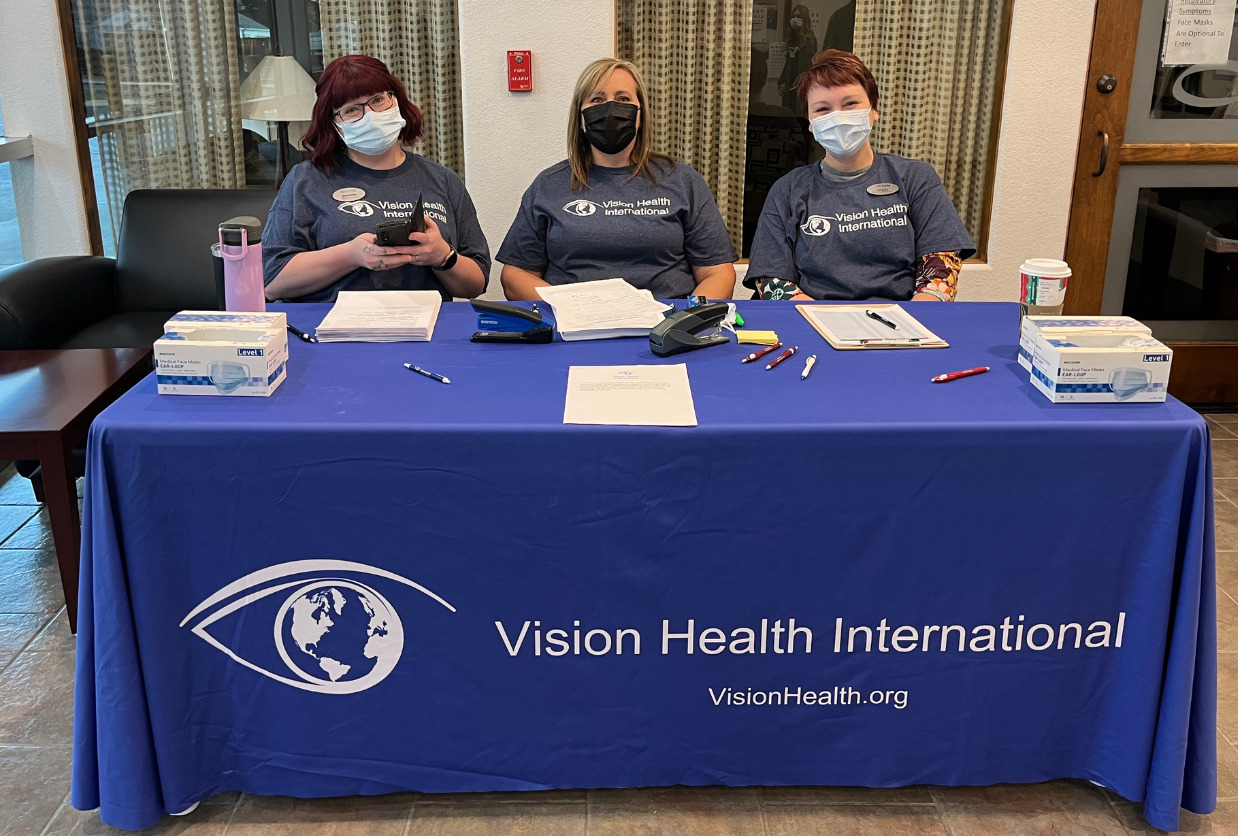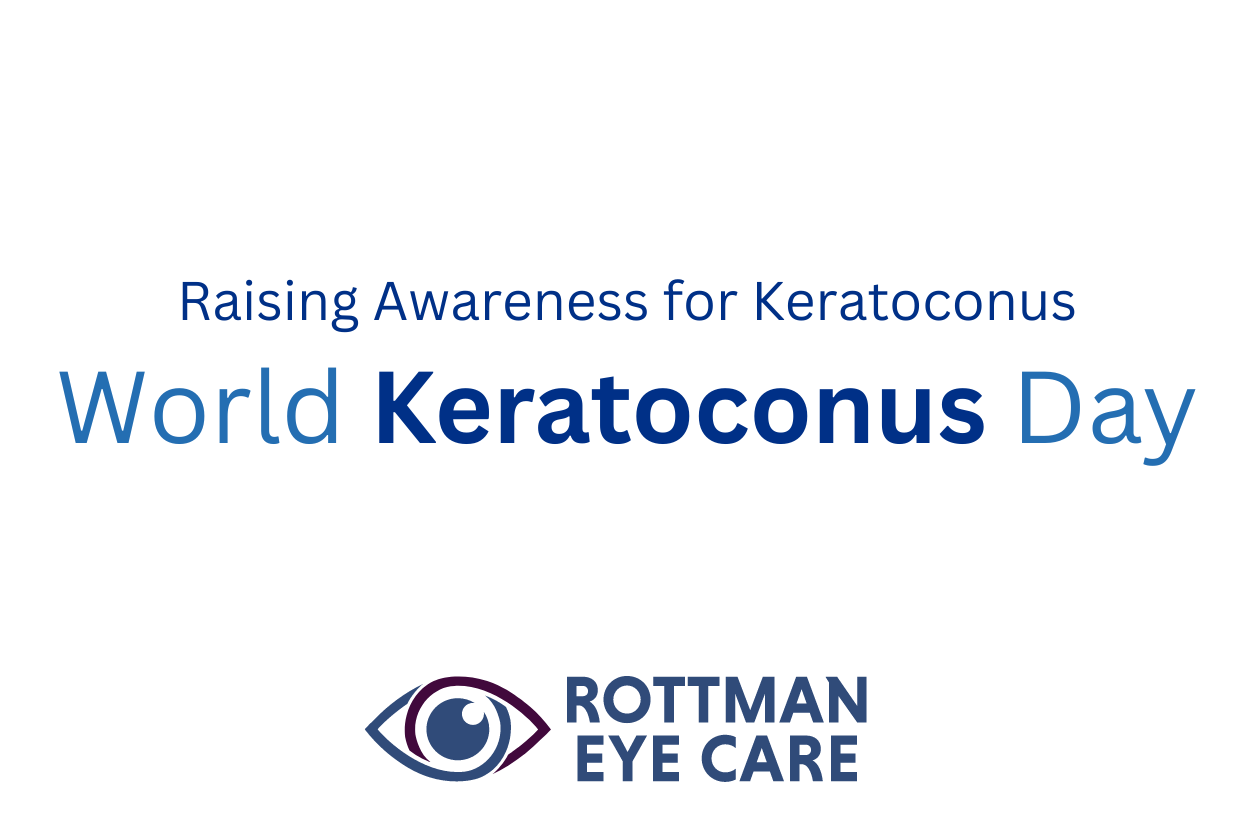How Often Should You Get An Eye Exam?

Generally speaking, you should get an eye exam every 1-2 years. However, the frequency depends on factors specific to each person. Age, wearing corrective lenses, or having a pre-existing health condition that puts you at a higher risk for eye diseases are all important circumstances to take into consideration when deciding an exam schedule. Don’t worry – we will help break down the process of deciding what you need!
What’s the Difference Between an Eye Exam and a Comprehensive Eye Exam?
The primary difference between an eye exam and a comprehensive eye exam is how in depth the examination is. A routine eye exam consists of fewer steps, but a comprehensive eye exam will test much more than just visual acuity.
What is a Routine Eye Exam?
A routine eye exam is what people often refer to as a vision screening. The purpose of this type of exam is to check vision, update prescriptions, and do a quick screening for common eye diseases. This type of eye exam is great for non-medical complaints, such as farsightedness.
What is a Comprehensive Eye Exam?
A comprehensive eye exam is a more in-depth examination meant to develop a more robust understanding of individual eye health. The ophthalmologist will be screening for or monitoring more serious eye conditions, as well as updating prescriptions for glasses or contacts.
Comprehensive eye exams and screenings are an important part of preventative health care. But what does a comprehensive eye exam include? The eye doctor will first discuss any current eye or vision problems that the patient is experiencing, along with any overall health problems. In addition, information about current medications, family medical history or eye conditions, and any environmental factors that could potentially be affecting vision will be included in the preliminary step of gathering patient history.
What tests are actually conducted are based on the signs and symptoms that the patient is having and the doctor’s professional judgment. A comprehensive eye exam could include, but is not limited to, any or all of the following tests.
Visual Acuity Test
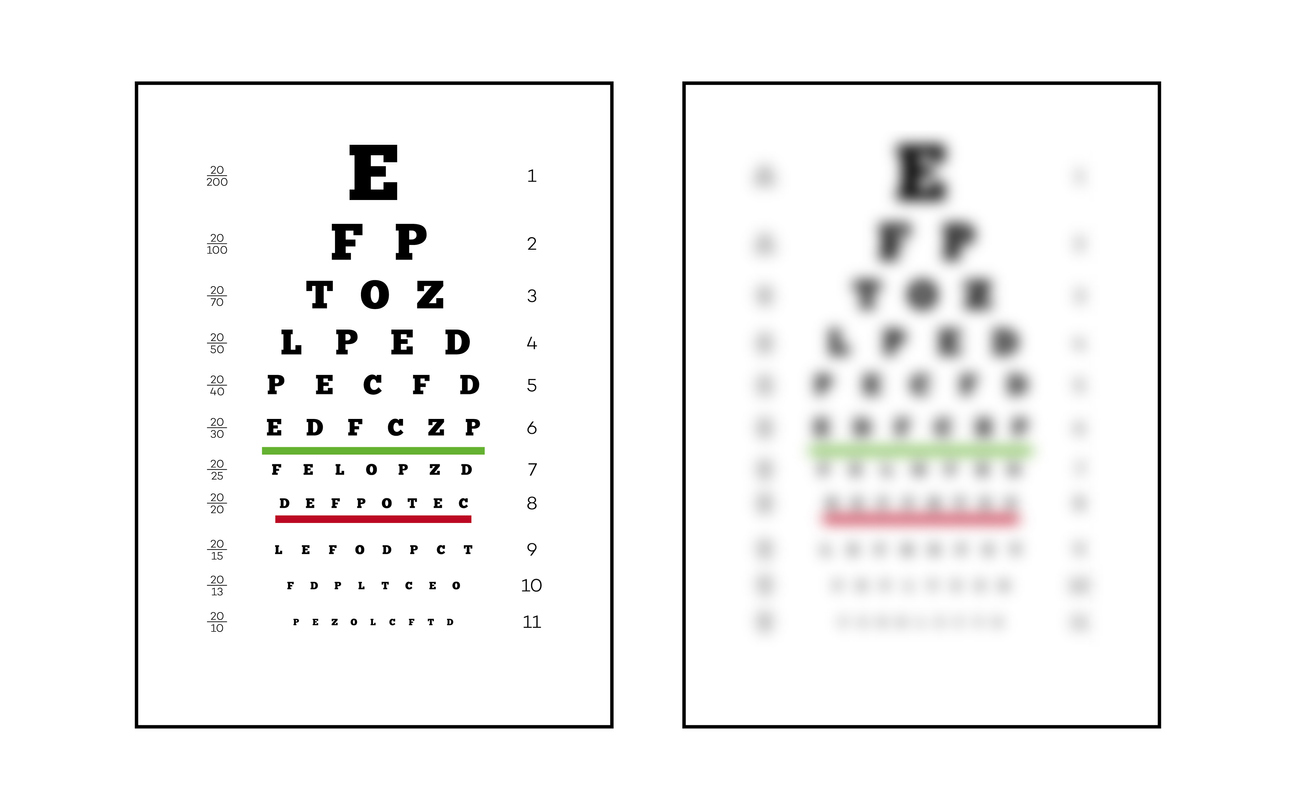
The visual acuity test measurements evaluate the clarity with which each eye is seeing. The test for this is the one that people most commonly think of when going to an eye exam, reading the chart of letters. The Snellen Chart is read from across the room at a standard distance of 20 feet, using one eye at a time to gather separate measurements.
Refractive Tests
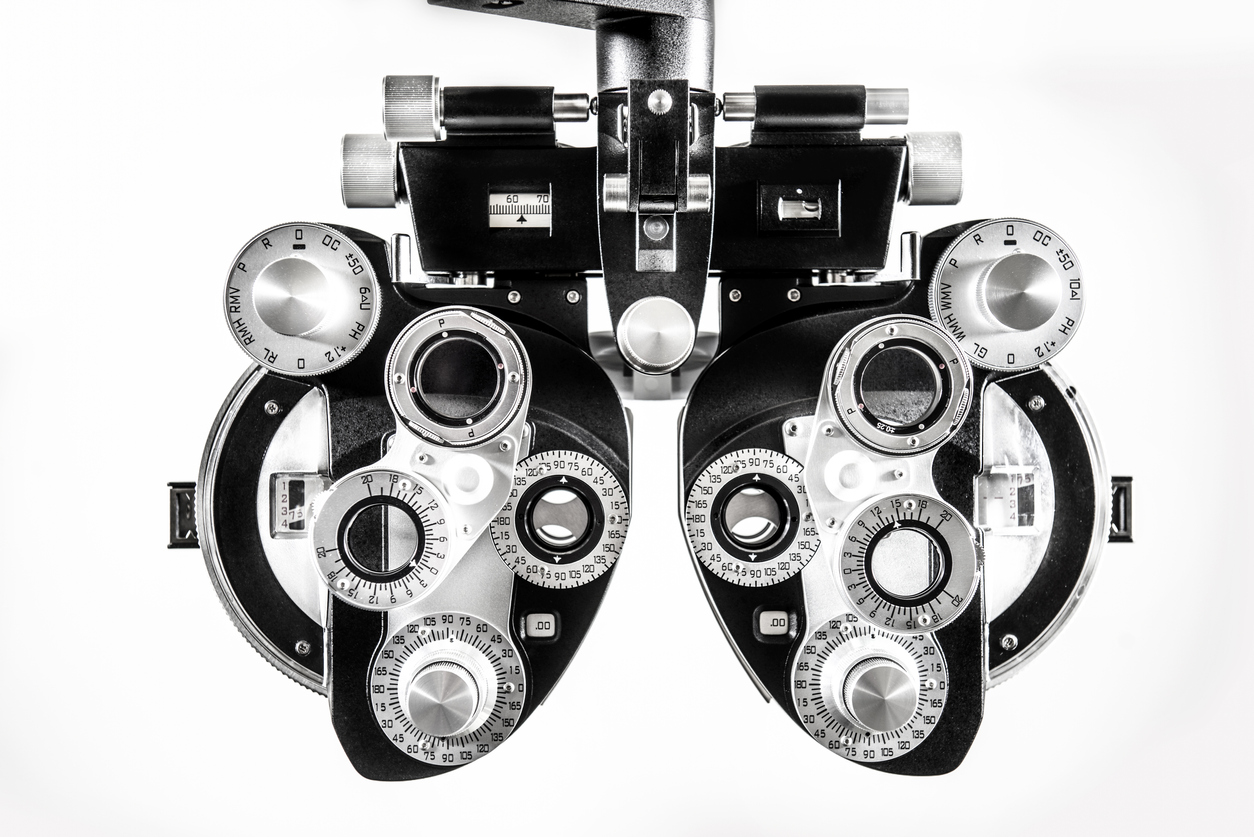
Refractive tests will determine the lens power needed to correct any refractive errors in an eye, like farsightedness, nearsightedness, or astigmatism. The doctor uses an instrument called a phoropter, which has a series of lenses placed in front of the eye. Final lens powers will be refined based on the patient feedback about what provides the clearest vision.
Topography Test
Keratometry or topography is a test that measures the curvature of the cornea. This surface mapping of the shape of the cornea is important for many things, from fitting contact lenses to tracking shape changes in degenerative eye diseases, such as keratoconus.
Eye Pressure Test
In the past, tonometry might have been done using a puff of air, but a more accurate method has been developed since. Numbing eye drops will be put in the eye, and the front surface of the eye will be gently touched by a device that will measure the pressure in the eye.
Intraocular pressure is usually maintained by the consistent draining of fluid in the eye, also referred to as aqueous humor, as new fluid is being produced. If the draining process is not functioning properly, it can cause pressure to build up in the eye and damage the optic nerve. This is commonly how glaucoma develops and regular pressure checks are an important part of glaucoma testing.
Eye Dilation
Pupil dilation, or the temporary widening of the iris, allows the ophthalmologist to better view the structures inside of the eye. Assessing the health of the retina at the very back of the eye is extremely important, as that is the region of the eye where all of the photoreceptors are located. Checking these delicate structures and blood vessels is a crucial part of an eye examination, especially as patients get older and are at an increasing risk for macular degeneration.
Additional Testing
A doctor may also want to conduct tests specific to certain aspects of the patient’s vision. This could include tests relating to color blindness, depth perception, eye muscle movements, and how pupils respond to light. Testing the side or peripheral vision of each eye is important for evaluating the different visual fields and making sure that the patient can see out of every part of their eye. Clear vision requires the eyes to move, change focus, and work together, as well as separately. An assessment of accommodation, which is the process of the lens in the eye actually changing shape to better focus light on the retina as it views objects at different distances, along with ocular motility, and binocular vision is also common in a comprehensive eye exam.
Why Are Eye Exams Important?
While most people know that they have to see their primary care provider once a year for their annual check up, or their dentist twice a year for their cleanings, most people forget to see their ophthalmologist for their annual eye exam.
Frequent eye exams are a key part of preventative care and are important to ensuring that the eyes remain healthy. Oftentimes, vision issues progress slowly and symptoms are not always immediately apparent. Without regular eye exams, conditions can go unchecked and by the time symptoms present, it might be too late to prevent vision loss. Early detection of degenerative eye diseases allows for more efficient treatment and better long term vision results.
Regular eye exams also help maintain correct glasses or contact lens prescriptions. As our eyes change with time, so do prescriptions. Maintaining an updated prescription is essential in sustaining clear vision and preventing the frustration of blurry vision.
Eye exams are also important for young children whose eyes, as they grow and develop, might change as well. They might require glasses and not even be aware of it. Getting eye exams on a regular basis during childhood can help to catch any vision changes and address them before they affect development.
How Often Should You Get An Eye Exam?
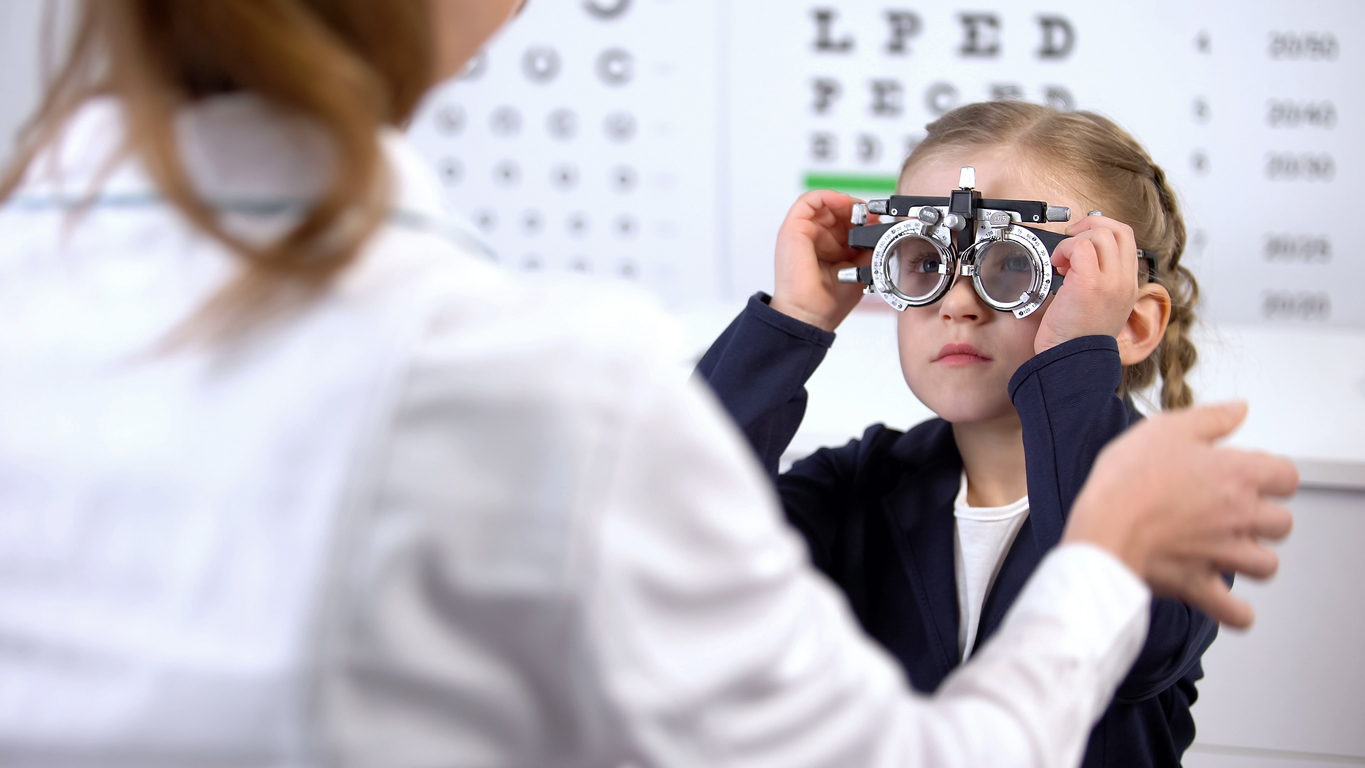
The frequency of eye exams depends on many factors – including age, pre-existing conditions, and use of corrective lenses. While this guide can give you an estimate of how frequently you should have an exam, it is important to check with your doctor to make a schedule that fits your individual needs.
Under 17
Under the age of 17, the American Academy of Ophthalmology (AAO) and the American Association for Pediatric Ophthalmology and Strabismus recommend the following schedule, however presence of certain risk factors may necessitate a different schedule.
- 6 months – 1 year old – A vision screening should be performed at the yearly well-child visit by the child’s pediatrician
- 1 – 3 years old – A “photoscreening” test should be performed at the child’s pediatrician. If there are any issues found here, the child should be referred to an ophthalmologist.
- 3 – 5 years old – At least one vision and alignment test should be performed either by the child’s pediatrician or an ophthalmologist
- 5 – 17 years old – Before starting first grade and at least once a year after
18-29 Years Old
The American Academy of Ophthalmology recommends adults have at least one eye screening in their 20s to establish a vision baseline. If you wear glasses, contacts, or have any other eye conditions, a yearly exam is recommended.
30-39 Years Old
At least twice, if you have healthy vision. If you wear glasses, contacts, or have any other eye conditions, a yearly exam is recommended. It is recommended that adults have at least two eye exams in their 30s, prior to the complete eye exam that is recommended for everyone at the age of 40.
40-65 Years Old
As this is the age around when early signs of eye diseases commonly occur, it is crucial to perform this screening and catch diseases early. After this exam, the ophthalmologist will tell you how often you should have your eyes checked, and it is important to follow this schedule.
65+ Years Old
Seniors 65 and older should plan on having their eyes checked every year or two, as people become higher risk with age. 65+ years old – At least every 1-2 years
Does the Frequency of Eye Exams Change with Eye Disease Symptoms?
Yes, the frequency of eye exams does change with symptoms of eye disease. Most eye diseases are slow in progressing, so symptoms may not be immediately evident. Every disease is different and every disease presents differently in different people, so it is important to follow the vision care schedule set by your doctor. You should have your eyes checked more often if:
- You wear corrective lenses, such as prescription glasses or contact lenses
- You have diabetes, or a family history of diabetes
- High blood pressure
- Family history of eye disease
- Any injury, infection, or eye pain
Contact Rottman Eye Care
Regular, comprehensive eye examinations are an important part of preventative health care and are the best way to maintain eye health and visual clarity. Our expert team at Rottman Eye Care is here to help you protect your vision and long term eye
[DISPLAY_ULTIMATE_SOCIAL_ICONS]
